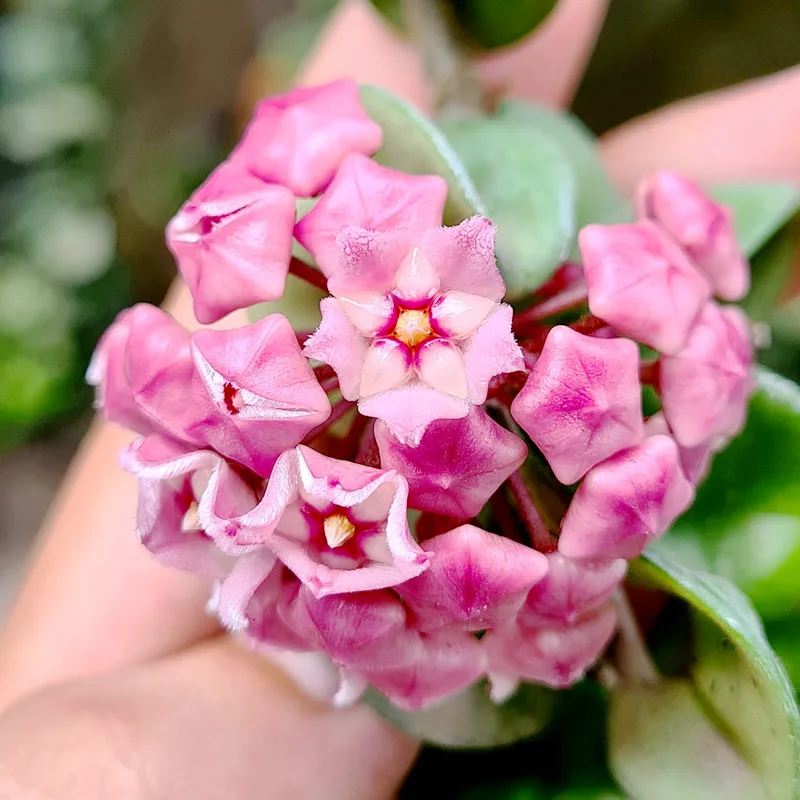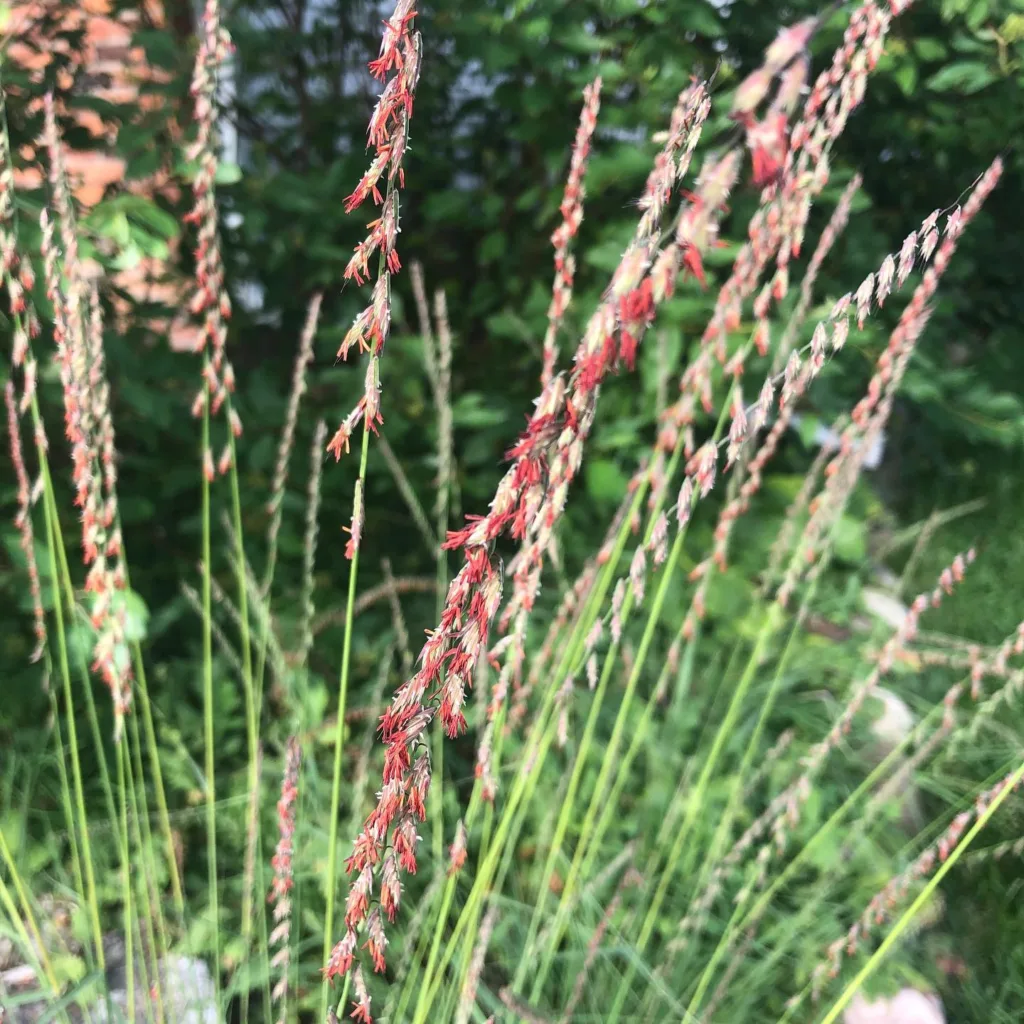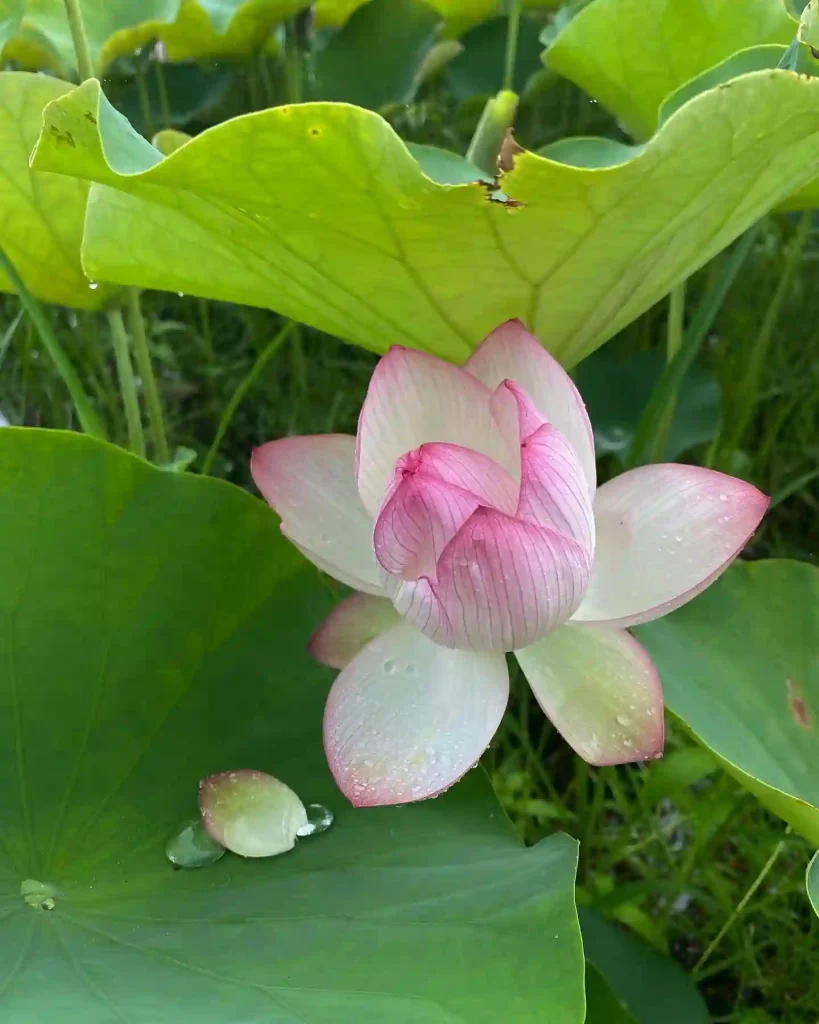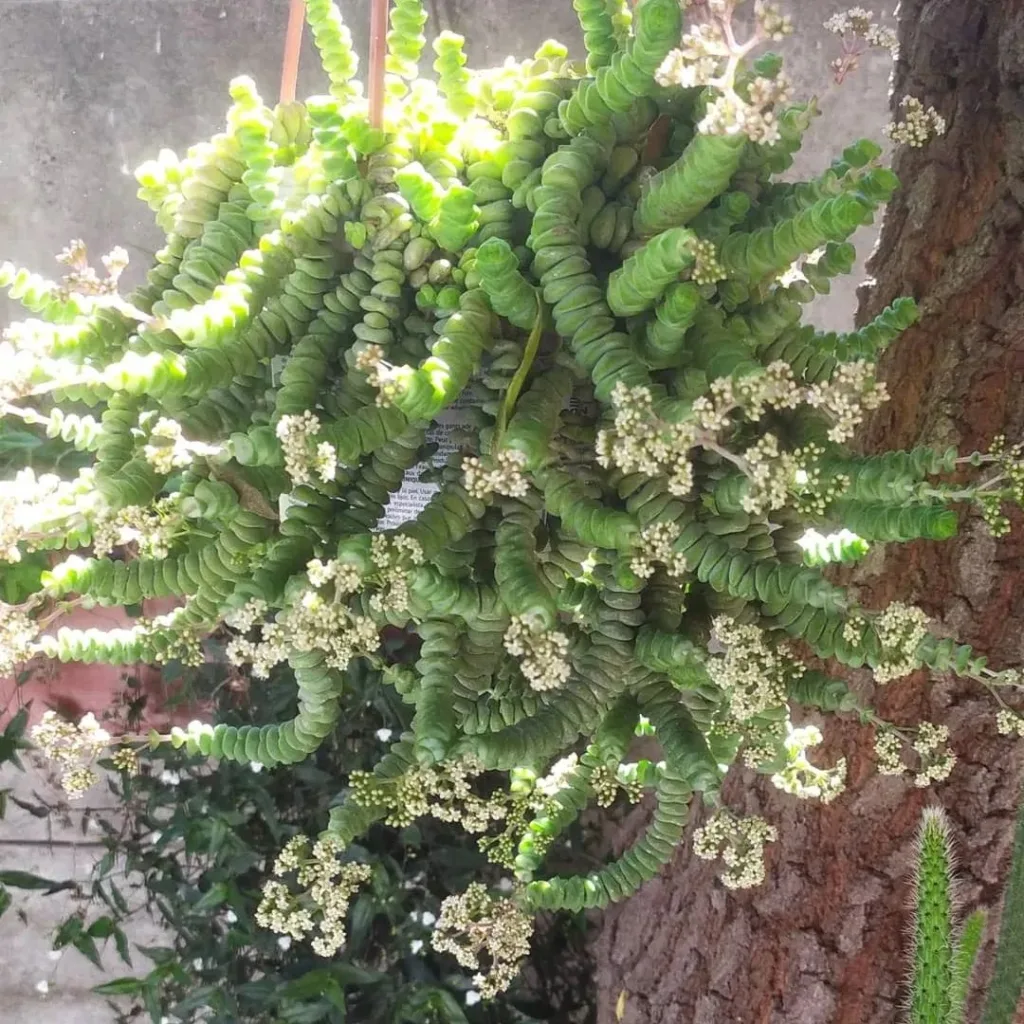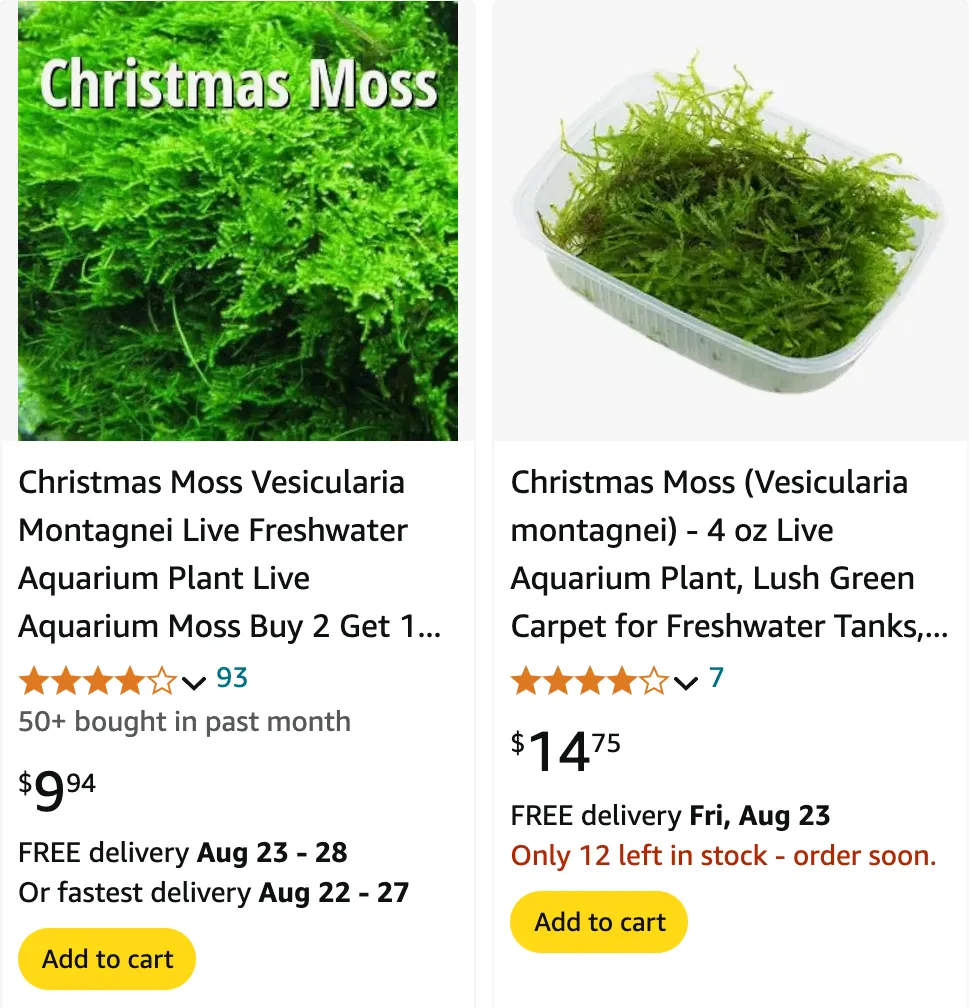
When it comes to aquatic plants, Christmas Moss stands out for its versatility, beauty, and ability to thrive in a variety of aquarium environments. As an aquarist, I’ve found Christmas Moss to be a staple in many of my setups. Whether you’re interested in creating a lush carpet, attaching it to driftwood, or growing it in a bonsai style, this moss has proven to be one of the most adaptable and attractive plants available. Here, I’ll dive into some common questions I often get about Christmas Moss and share my personal experiences with it.
What Is Christmas Moss?
Christmas Moss, scientifically known as Vesicularia Montagnei, is a popular aquatic moss that is often used in aquariums. Its name comes from its distinct triangular fronds that resemble the shape of Christmas trees. Unlike Java Moss, which has a more random growth pattern, Christmas Moss tends to grow in a structured, layered way, which gives it a fuller and more orderly appearance.
Christmas Moss Aquarium: How to Use It?
Christmas Moss works beautifully in aquariums as it can be used for a variety of purposes. Whether you’re creating a carpet, a moss wall, or adding texture to hardscapes like driftwood and rocks, Christmas Moss adds a vibrant, natural feel to any fish tank. The moss provides shelter for small fish and shrimp, making it an excellent choice for community tanks.
Christmas Moss Carpet
Creating a Christmas Moss carpet is one of my favorite ways to use this plant. By securing the moss onto a mesh or flat rock, you can encourage it to spread across the substrate, forming a lush green carpet. This adds depth and dimension to your aquarium floor while giving your fish a soft place to rest.
Christmas Moss Care
Christmas Moss care is relatively straightforward, making it a great option for beginners and seasoned aquarists alike. It doesn’t demand much, though there are a few key points to keep in mind.
- Lighting: Moderate light is sufficient for Christmas Moss, but it can tolerate low light conditions. However, higher lighting can promote faster growth. Be mindful of direct sunlight, as too much can lead to algae growth, which could smother the moss.
- Water Parameters: Christmas Moss thrives in a wide range of water conditions, but a temperature between 68-82°F (20-28°C) is ideal. Soft to moderately hard water is recommended, with a pH range of 5.0 to 7.5.
- Nutrients: While Christmas Moss doesn’t require CO2, providing it can significantly boost its growth rate. Adding liquid fertilizers can also enhance the moss’s vibrancy and health.
Christmas Moss Growth Rate
The growth rate of Christmas Moss is moderate. In ideal conditions, it can grow quickly enough to form dense clusters, but it won’t take over your aquarium like some faster-growing mosses. In my tanks, I’ve seen noticeable growth within a few weeks when providing good lighting and CO2.
Can Christmas Moss Grow Out of Water?
Yes, Christmas Moss can grow emersed, meaning out of water, as long as it remains in a humid environment. This characteristic makes it ideal for paludariums or aquascapes where part of the moss is exposed to air. However, it’s important to mist the moss regularly to keep it moist, or else it may dry out.
Christmas Moss Bonsai
One creative way to use Christmas Moss is by creating a bonsai tree effect in your aquarium. By attaching the moss to small, twig-like driftwood, you can mimic the appearance of a miniature tree. The tiered growth of Christmas Moss lends itself well to this style, giving your aquarium a unique and artistic touch.
How to Attach Christmas Moss to Driftwood or Rocks?
Attaching Christmas Moss to driftwood or rocks is simple. I usually use either fishing line or aquarium-safe super glue. If using fishing line, wrap it tightly around the moss and the hardscape, making sure to cover enough of the surface so the moss will anchor itself as it grows. Over time, the moss will attach naturally, and you can remove the fishing line. When using super glue, just apply small dabs of glue to the surface and press the moss firmly in place. It will take hold and start growing within a few days.
Why Is My Christmas Moss Turning Brown?
If you notice your Christmas Moss turning brown, it’s likely due to poor water quality, insufficient lighting, or a lack of nutrients. Regular water changes, adjusting your lighting, and adding fertilizers can help revive it. Also, check for algae overgrowth, which can suffocate the moss if left unchecked.
Does Christmas Moss Need CO2?
While Christmas Moss doesn’t strictly need CO2, adding it can accelerate growth and make the moss more vibrant. In my experience, tanks with CO2 injection have much lusher and healthier Christmas Moss. If you want faster results, CO2 supplementation can make a noticeable difference.
Christmas Moss vs Java Moss
When comparing Christmas Moss vs Java Moss, the main difference is in their growth patterns. Java Moss has a more free-form, wild growth that can quickly cover surfaces, whereas Christmas Moss grows in a tiered, more controlled manner. I find Christmas Moss to be more visually appealing if you’re going for a neat, landscaped look in your aquarium. That said, Java Moss can be a better choice if you’re looking for fast coverage or a more natural, forest-like appearance.
Christmas Moss vs Weeping Moss
When comparing Christmas Moss vs Weeping Moss, the main difference is in their growth habits. Weeping Moss grows downward, creating a cascading effect, whereas Christmas Moss grows in layers, more horizontally. Both can be beautiful, depending on the look you’re going for in your aquarium.
Flame Moss vs Christmas Moss
Flame Moss has a more upright growth pattern, with fronds that twist and curl upward like flames, while Christmas Moss grows outward in a tiered pattern. I find Flame Moss to be a striking addition to vertical surfaces, whereas Christmas Moss is better for horizontal spread.
Peacock Moss vs Christmas Moss
Peacock Moss has a fan-like growth pattern, resembling a peacock’s tail. It tends to stay more compact, while Christmas Moss spreads more readily.
Taiwan Moss vs Christmas Moss
Taiwan Moss is finer and has a more delicate appearance compared to the thicker, denser growth of Christmas Moss. Taiwan Moss can be a good alternative if you’re looking for something that blends softly into the background.
Final Thoughts
Christmas Moss is one of those plants that I always recommend for any aquascaper, from beginners to experts. Its versatility, ease of care, and aesthetic appeal make it a staple in many of my tanks. Whether you’re looking to create a carpet, add texture to your hardscape, or experiment with bonsai aquascaping, Christmas Moss is a reliable and beautiful choice.
If i die, water my plants!
